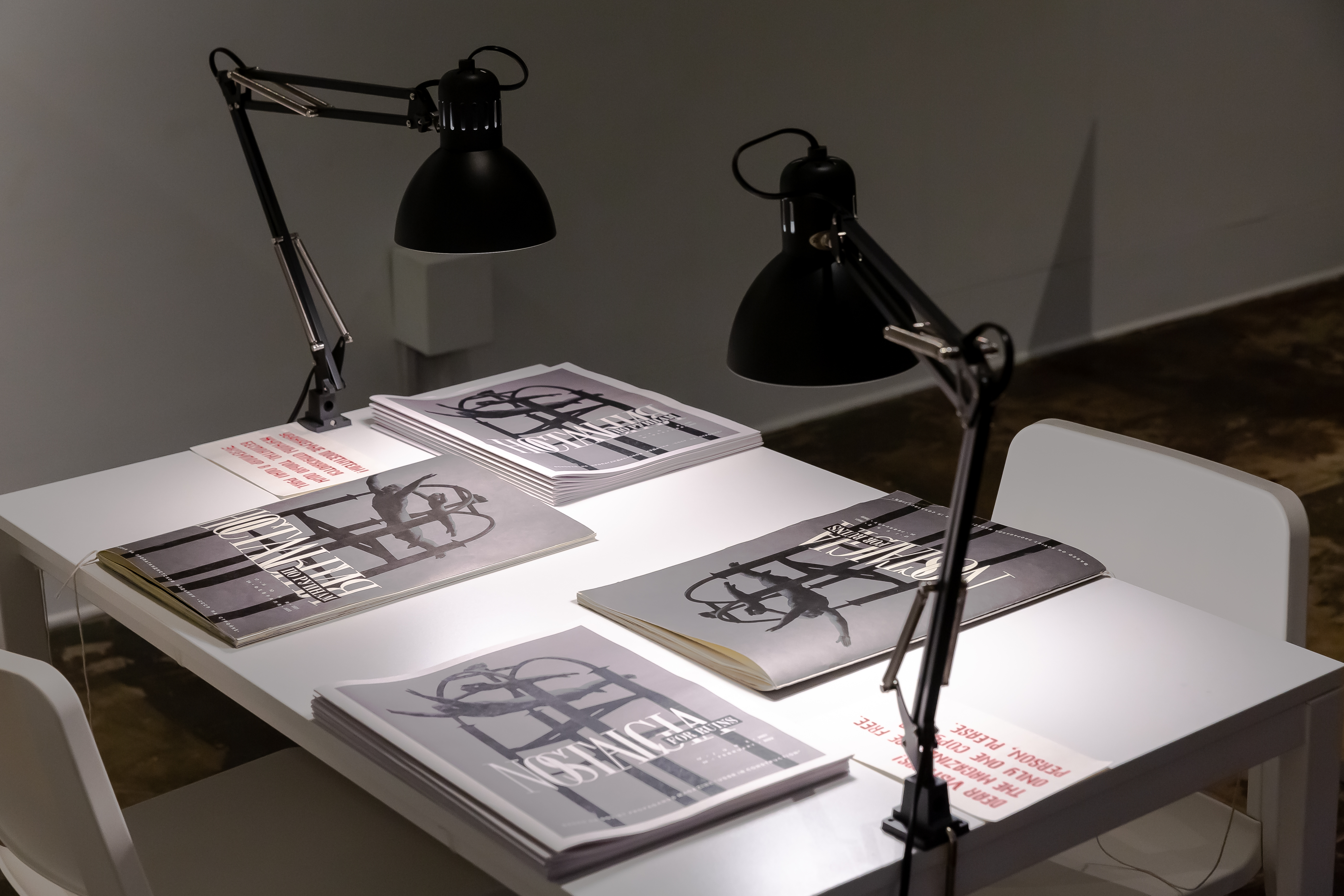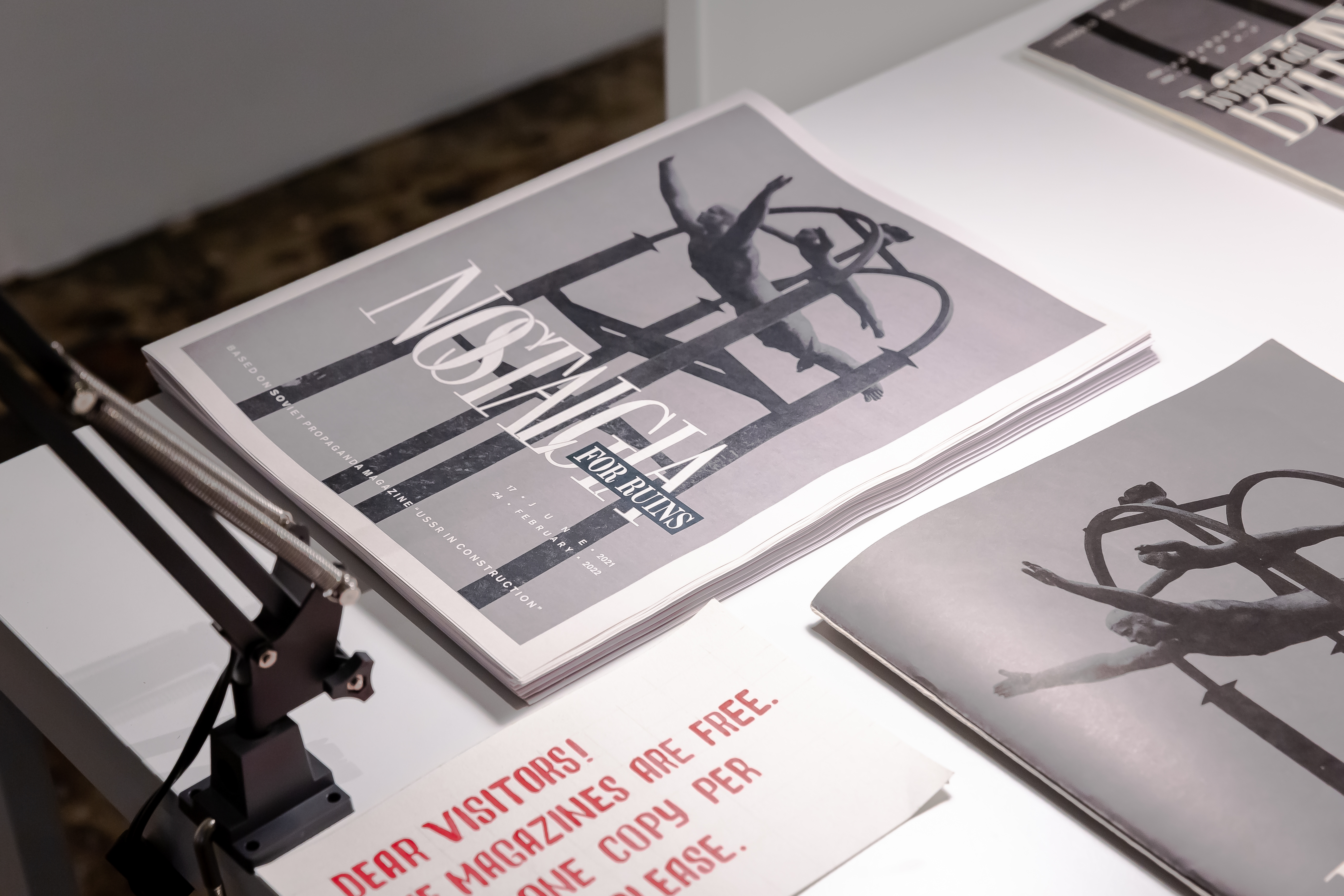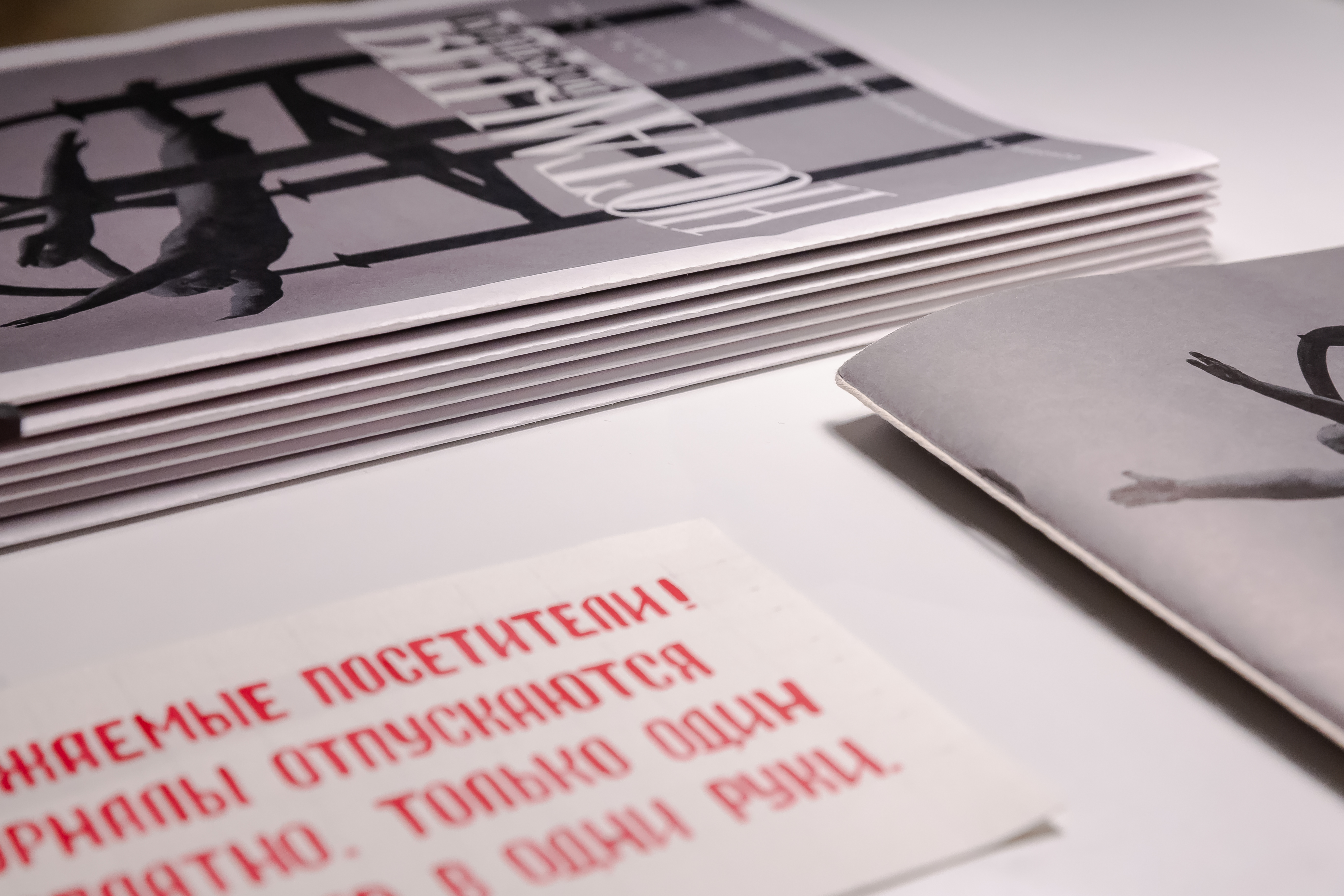





Nostalgia For Ruins
2023
The project is based on the vast archive of photographs the artist had taken during his last visit to Russia in the summer of 2021 and is the author's version of the propaganda magazine, "USSR in Construction", issued in the USSR from 1930 to 1941, 1949. Directed by the famous Soviet writer Maxim Gorky, the publication featured renowned avant-garde artists, including El Lissitzky and Alexander Rodchenko. The magazine utilized geometric forms, collages, and color toning to create a visually appealing layout showing the industrial progress of the Soviet state, accompanied by propaganda texts and numerous photographs of the Soviet leaders.
The title "Nostalgia for Ruins" originates from the article of the same title written by Andreas Huyssen in which he explores the prevalence and significance of nostalgia in contemporary culture. Huyssen gives “ruin” the following definition: "The architectural ruin is an expression of the indissoluble combination of spatial and temporal desires that trigger nostalgia. In the body of the ruin, the past is both present in its residues and yet no longer accessible, making the ruin an especially powerful trigger for nostalgia."
The title "Nostalgia for Ruins" originates from the article of the same title written by Andreas Huyssen in which he explores the prevalence and significance of nostalgia in contemporary culture. Huyssen gives “ruin” the following definition: "The architectural ruin is an expression of the indissoluble combination of spatial and temporal desires that trigger nostalgia. In the body of the ruin, the past is both present in its residues and yet no longer accessible, making the ruin an especially powerful trigger for nostalgia."
The photographs of constructivist architecture of the 1930s used in the magazine contain traces of communist ideology, and their timely persistence in a state of gradual decay or renovation underscores their historical significance. These ruins represent a nostalgic backdrop of Russian reality, invisibly present and subtly influential.
The photographs in the publication are made intentionally ambiguous by subtle collaging, resulting in fantastical landscapes. The travelogue-like photos of various Russian locales are paired in collage with subjective excerpts from news coverage detailing Russian life, from the extremely mundane to the pressingly geopolitical, supplemented with quotes from the Andres Huyssen's original article. The photographs work together with the text, unfolding in time and immersing the viewer in a slice of Russian reality.
The photographs in the publication are made intentionally ambiguous by subtle collaging, resulting in fantastical landscapes. The travelogue-like photos of various Russian locales are paired in collage with subjective excerpts from news coverage detailing Russian life, from the extremely mundane to the pressingly geopolitical, supplemented with quotes from the Andres Huyssen's original article. The photographs work together with the text, unfolding in time and immersing the viewer in a slice of Russian reality.